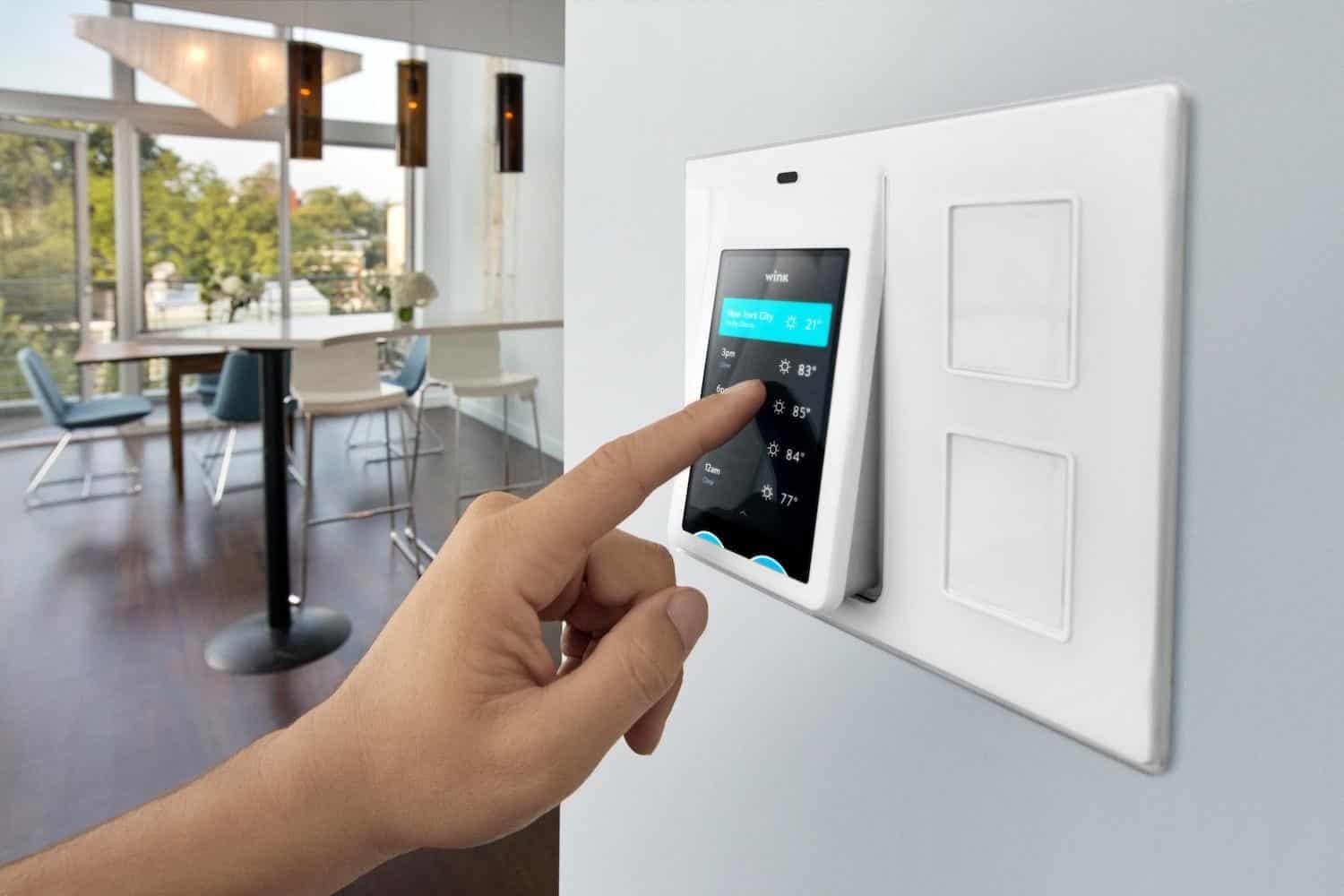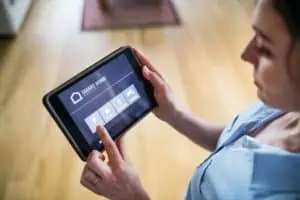Touchscreens still remain as king of the smart home interface. Last year Amazon sold over 8 million Echos and Dots, and their Amazon Voice Services integrated Alexa into an array of different products, from hand-held devices like a TV remote or smart watch to the development of a hands-free experience for a connected speaker or home intercom system, but even in the world of voice, it’s with the touch that most home owners find their preference to interface with their home.
Google Home followed, setting the industry on track to move 23 million more voice-powered devices in 2017. Recently Amazon and Google made announcements, providing us a glimpse into the beginning of the ambient computing revolution.
“Ambient computing” refers to making the capabilities of a place, such as a home, directly accessible to anyone present, without the need for an intermediate device like a mobile phone or computer. If you have ever asked Alexa anything then you’ve used ambient computing. But voice is just one form of ambient computing, and for some it has it’s difficulties.
Why Voice Control May Not Be The Future of Smart Home After All
If you’ve ever tried to ask Alexa to adjust light levels, set an alarm, or describe a cooking recipe, then you’ve probably encountered some of the limitations and frustrations of a voice-only solution. This is why new skills/actions lose 97 percent of their users in just two weeks, according to a new study by Voice Labs.
With the launch of Amazon Show and Google Home, ambient computing devices are evolving to add more interfaces that broaden their range of use cases. For example, The Amazon Show has a screen interface so you can ask it a question and get a visual display response, and Google Home allows you to stream a response from Google Assistant to a nearby screen using Chromecast.
As these screens become interactive themselves, general purpose ambient computing devices can adapt to consumer interaction preferences that feel much more intuitive. And the integration of cameras, motion sensors, and other capabilities will take this even further.
But this raises the question: Given a range of ambient computing capabilities, which interface will consumers prefer, and most importantly – why? A test was conducted with Brilliant Control, a smart-home control panel that replaces standard light switches to give you touch, voice and motion control over your lighting and other smart-home functions.
After analyzing thousands of interactions in households that had voice services turned on, it was found that:
-
- Motion was used about 5% of the time
- Voice was used 14%t of the time
- Touchscreens were used 81% of the time.
So why was touch used most often? Consider these three factors:
First, simplicity. Flipping on lights with your finger when you walk into a room is still so easy. Second, choice. Selecting between options, such as songs/playlists/channels for music players, is far more natural with a screen. Third, interactive feedback. When adjusting dimming levels for lights or sound levels for music, sticking with the slide of a finger, touch screens are still much faster than trying to issue successive commands to your device until you find the right level.
Voice computing definitely plays an important role in the homes of the future, but it’s not yet a complete solution in itself. It’s estimated that by 2018 over 50 percent of households will have adopted smart-home products into their homes. Ambient computing will make interacting with our homes fun, and convenient.
As Google, Amazon, Apple, and other tech companies evolve their solutions, it’s only a matter of time before we find homes without ambient computing integration to be outdated and downright frustrating. Ambient computing is the big next wave, so grab your board and hop on.
It ultimately it comes back to our language and proper diction. Maybe one day our A.I will be able to understand any slang or accent we might throw at it, but for now, it’s up to us to speak clearly and when we do, the technology is already pretty amazing.





